Alpine’s A110 is an instant classic
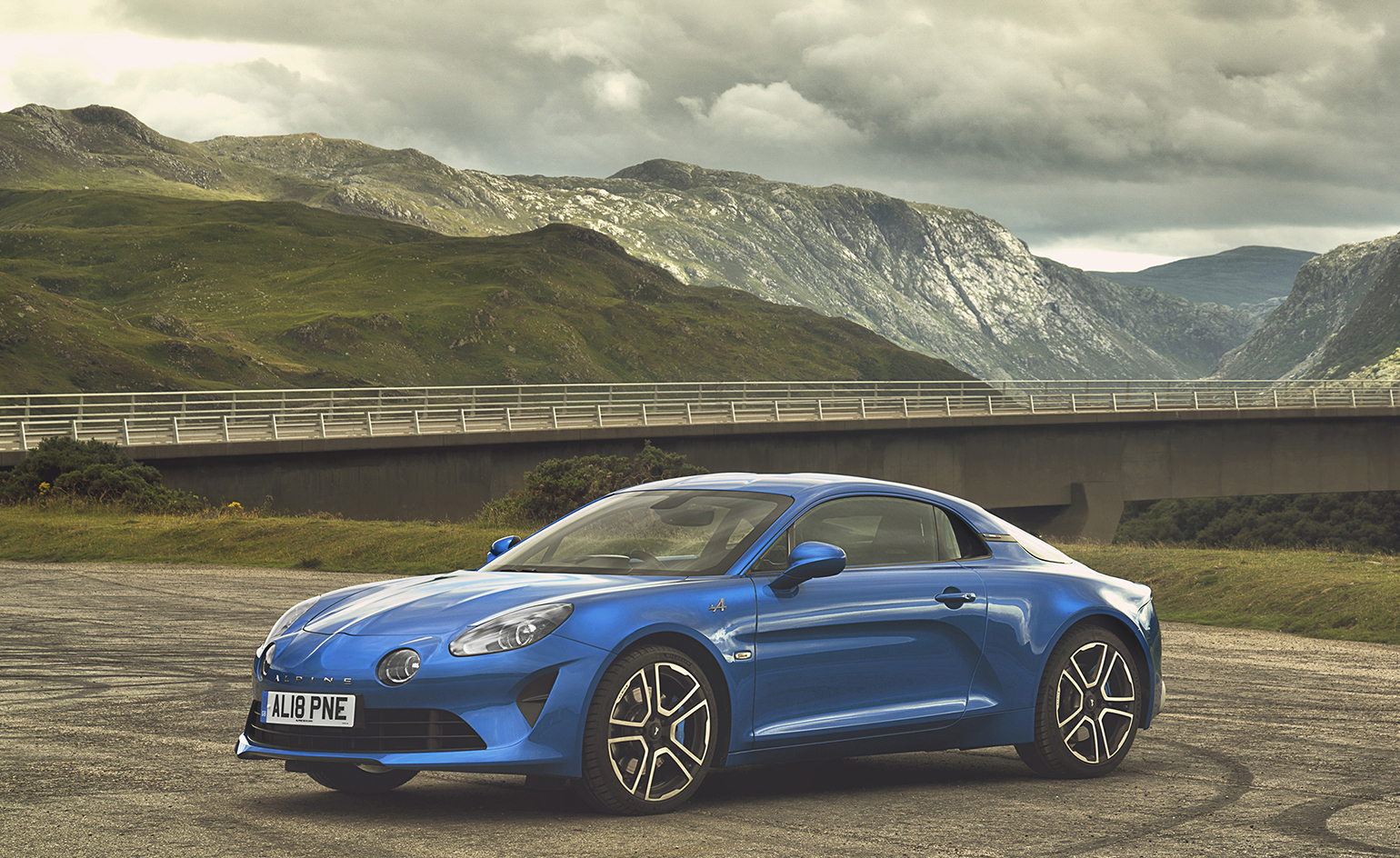
A new car inevitably comes laden with the baggage of its brand. No matter how effective, exciting or efficient a new model is, we are invited to view it through the prism of the badge, what it means to us, what it means to others and what the company wants us to think. For example, a Porsche Cayman is a fabulous car, but it’s almost impossible to disassociate it from decades of Porsche’s often divisive image; drive one and you are automatically and unquestionably part of a particular club.
The Alpine A110 is as close as a contemporary car can come to being unbranded, its image scrubbed clean, its badge unfamiliar to the vast majority of us. Naturally, motoring enthusiasts will know differently. Alpine is a sub-division of Renault, and before that it was a standalone manufacturer, the Société des Automobiles Alpine SAS, dating back to the mid-1950s.
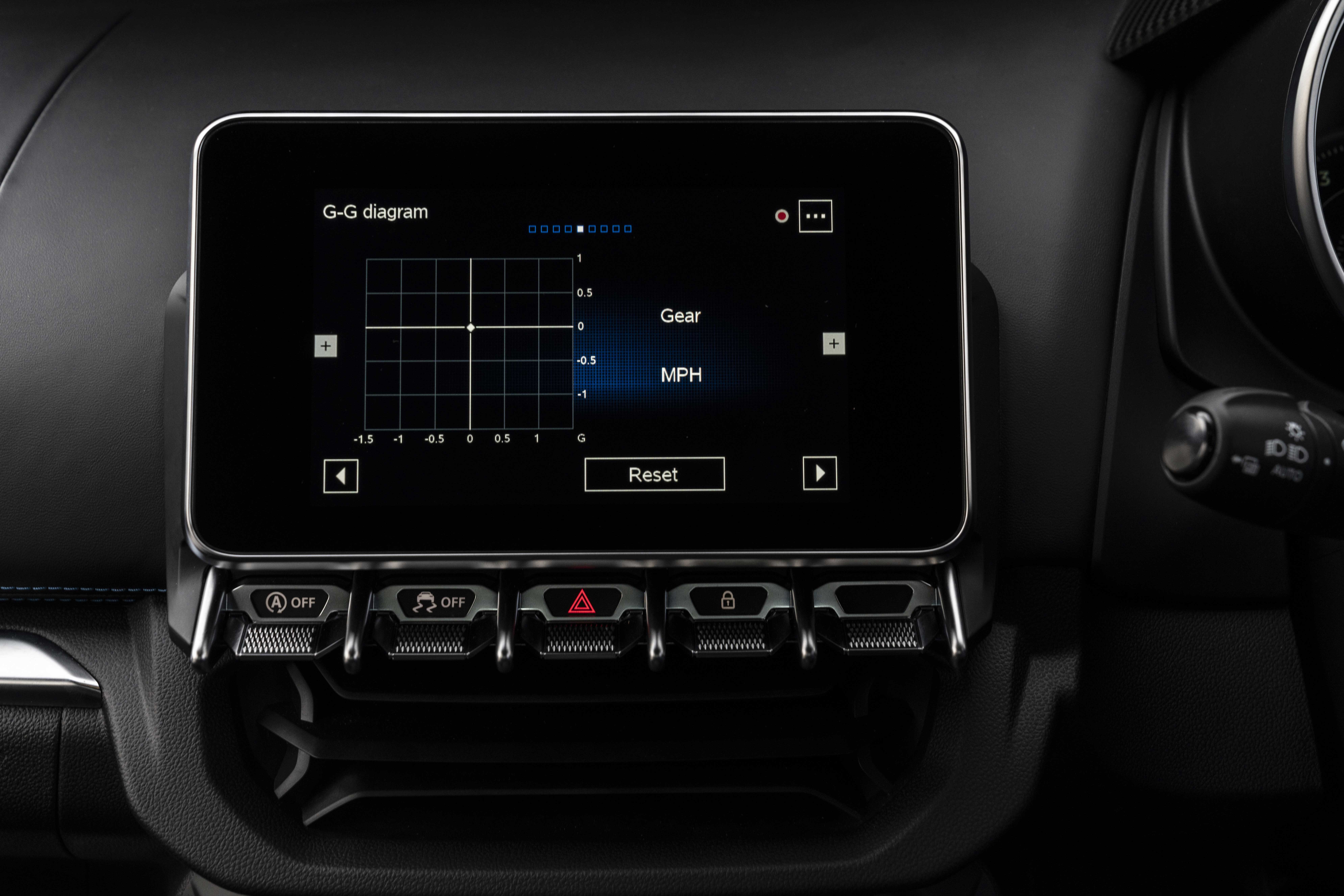
The original company specialised in transforming Renaults into racing and sports cars. In the early 1960s it scored a spectacular hit with the A110, a rear-engined road, race and rally car styled by Giovanni Michelotti. This compact, curvy design, with its signature cluster of round headlights, was hailed as one of best-looking French cars, and triumph on the track cemented the car’s legacy. By the time of the 1970s fuel crisis, Renault had stepped in to bail out the company and help the Alpine name live on, first in the A310 and then the wedgy plastic-bodied Renault Alpine GTA and A610, a quintessentially 1980s design that survived until 1995.
Alpine never did more than fill a niche, a sports car for eccentrics who weren’t especially bothered about badge recognition. And now the name is back. The all-new A110 arrives in a market that is shaped by image like never before. Still stewarded by Renault, this car has been teased for several years, with a ‘Vision Concept’ shown at the 2016 Geneva Motor Show. The production car debuted this year, practically unchanged from the show car, powered by a modest 1.8 litre 4-cylinder engine, and – by the standards of the modern industry – ultra-light and ultra-compact.
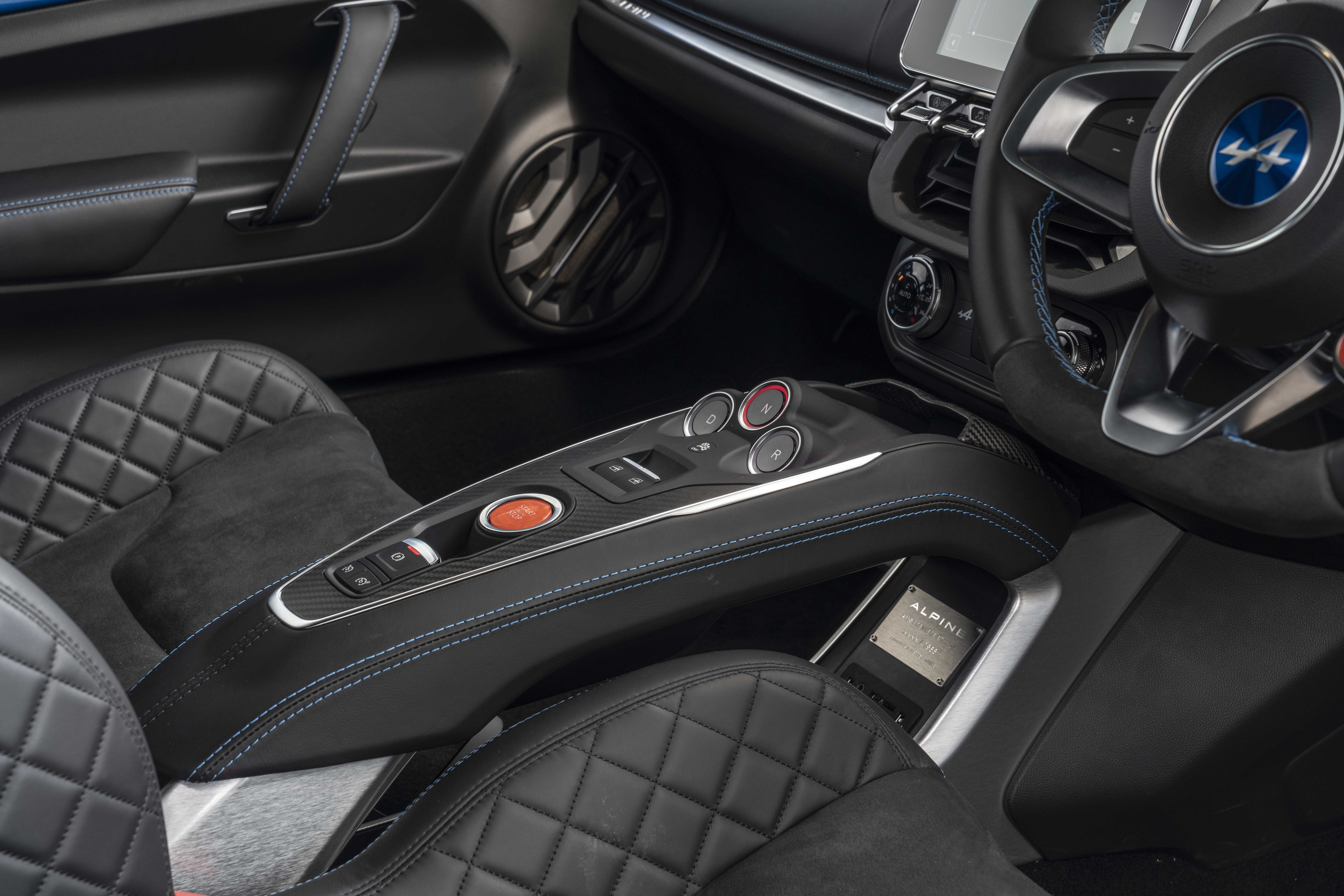
These qualities bode well, before you’ve even fired up the engine, for small, light sports cars are rare and therefore precious to those who still manage to find pleasure in driving. As well as being an unqualified aesthetic success, the A110 is also a superb car to pilot, with a sparky engine, direct, precise steering and firm but never harsh and uncomfortable ride.
On wide open country roads the little engine pushes the lightweight car with spirited verve, with near perfect balance allowing you to dive into tight corners and slingshot out of them. Unless you’re really pushing on the Alpine also manages to deliver respectable fuel economy, while its size also makes it easy to handle and park around town.
All in all, this is a thoroughly convincing piece of design, a car that will appeal equally to die-hard drivers and those in search of something a little different. The Alpine badge might be little known for now, but in the A110 the brand has a sports car that will take it places. Future models are no doubt waiting in the wings, perhaps with more power and pizzaz (there’s even talk of a sporting SUV), but whatever happens, the reborn company has debuted in the best way possible, resulting in a true contemporary icon.
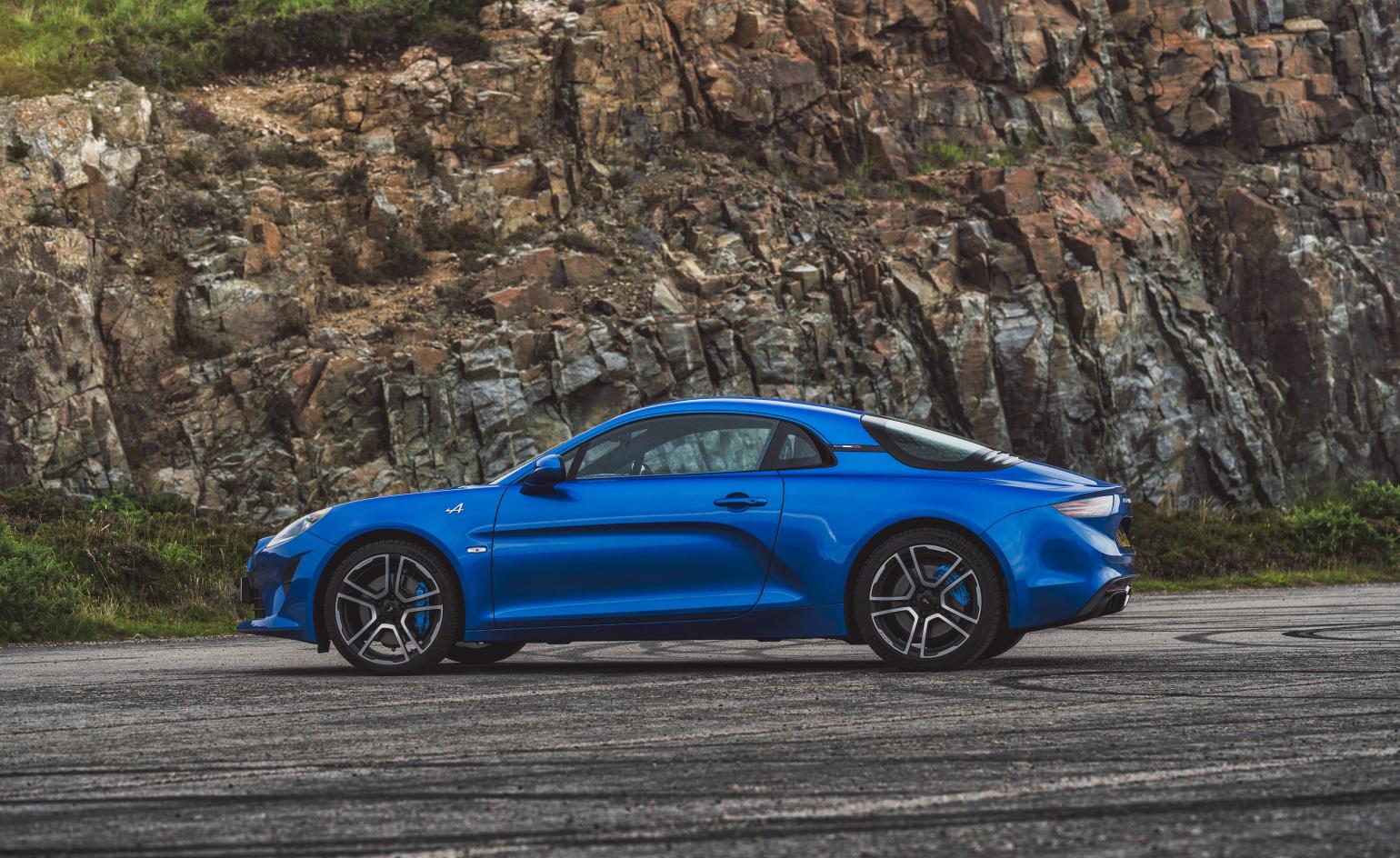
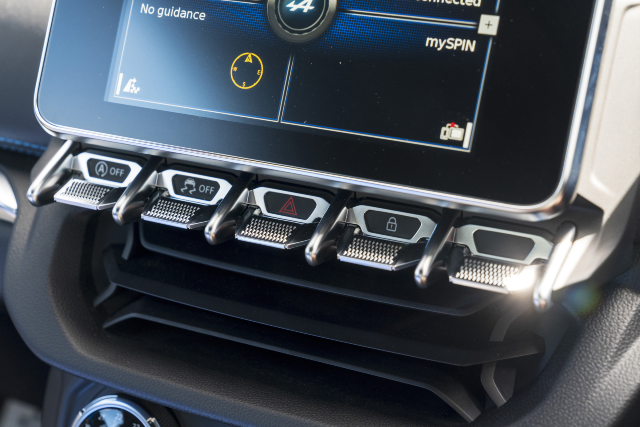
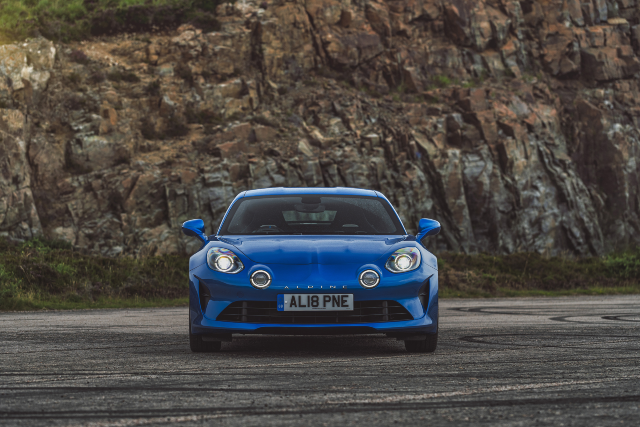
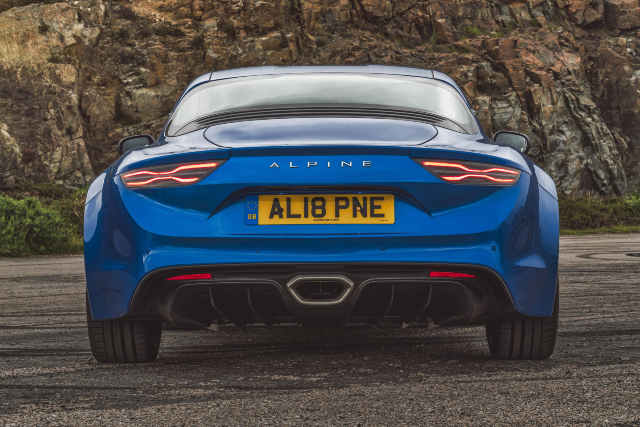
INFORMATION
Alpine A110, from £46,000. For more information, visit the Alpine website
Receive our daily digest of inspiration, escapism and design stories from around the world direct to your inbox.
Jonathan Bell has written for Wallpaper* magazine since 1999, covering everything from architecture and transport design to books, tech and graphic design. He is now the magazine’s Transport and Technology Editor. Jonathan has written and edited 15 books, including Concept Car Design, 21st Century House, and The New Modern House. He is also the host of Wallpaper’s first podcast.
-
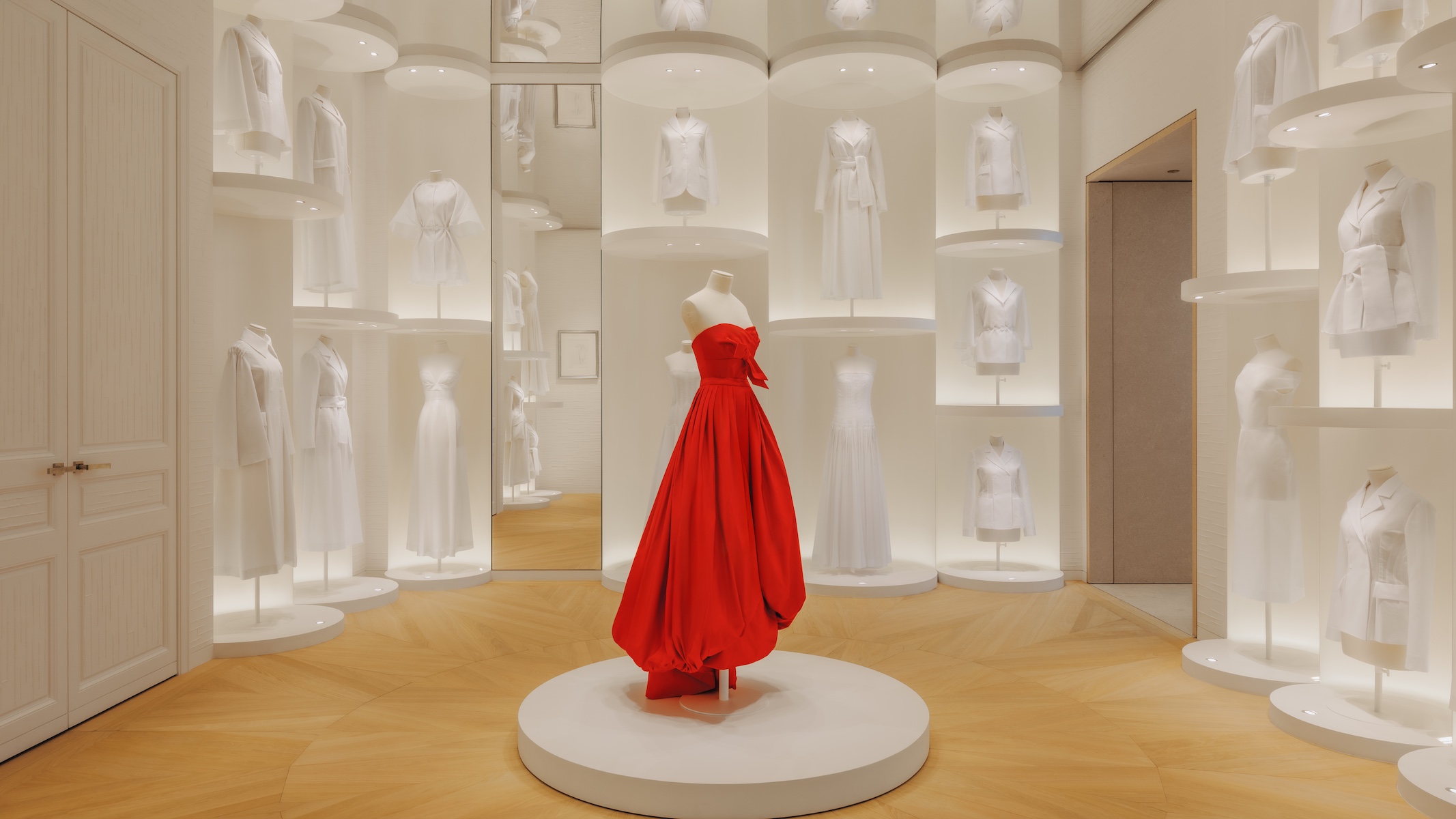 Inside Christian de Portzamparc’s showstopping House of Dior Beijing: ‘sculptural, structural, alive’
Inside Christian de Portzamparc’s showstopping House of Dior Beijing: ‘sculptural, structural, alive’Daven Wu travels to Beijing to discover Dior’s dramatic new store, a vast temple to fashion that translates haute couture into architectural form
-
 A music player for the mindful, Sleevenote shuns streaming in favour of focused listening
A music player for the mindful, Sleevenote shuns streaming in favour of focused listeningDevised by musician Tom Vek, Sleevenote is a new music player that places artist intent and the lost art of record collecting at the forefront of the experience
-
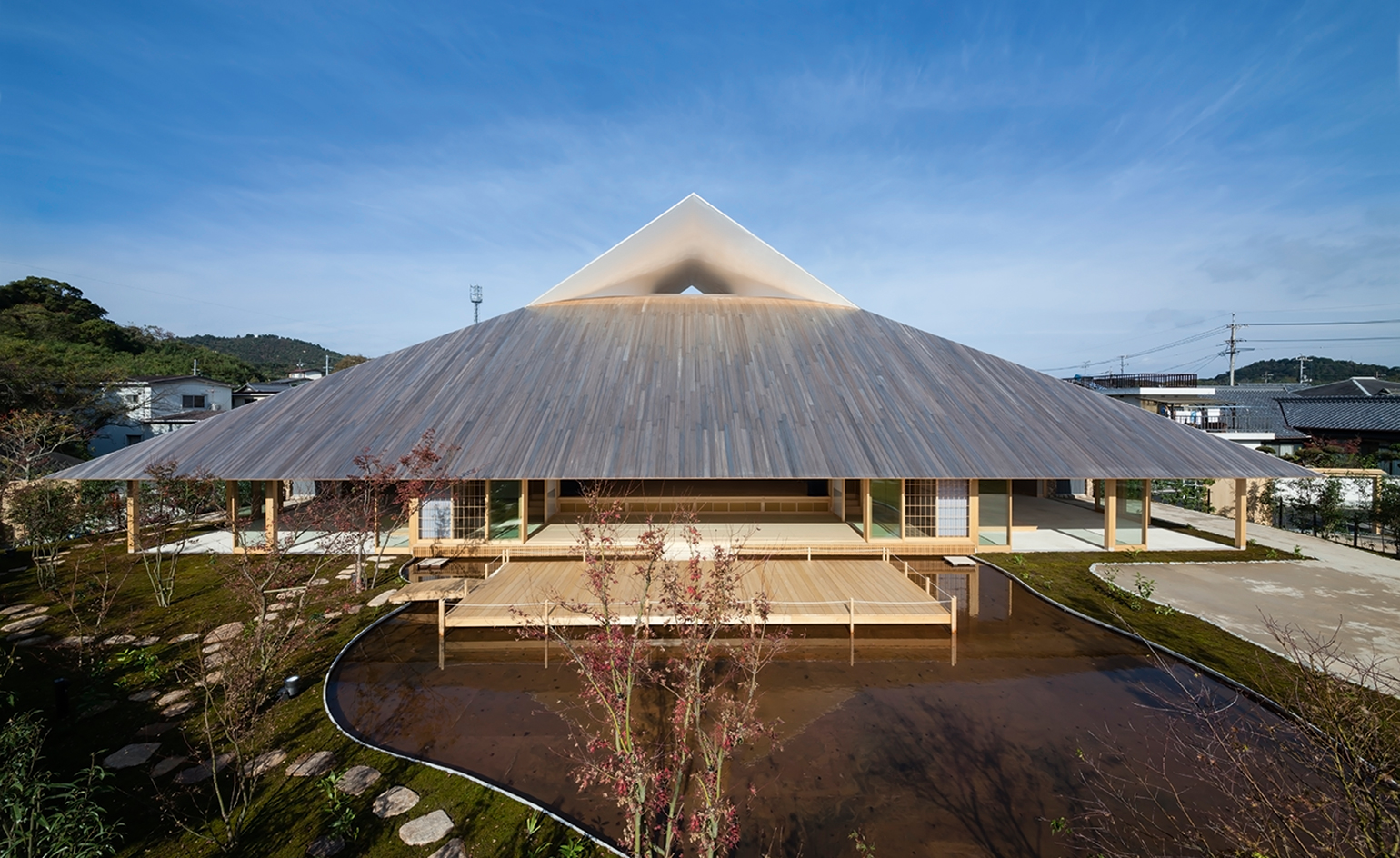 Take a tour of the 'architectural kingdom' of Japan
Take a tour of the 'architectural kingdom' of JapanJapan's Seto Inland Sea offers some of the finest architecture in the country – we tour its rich selection of contemporary buildings by some of the industry's biggest names
-
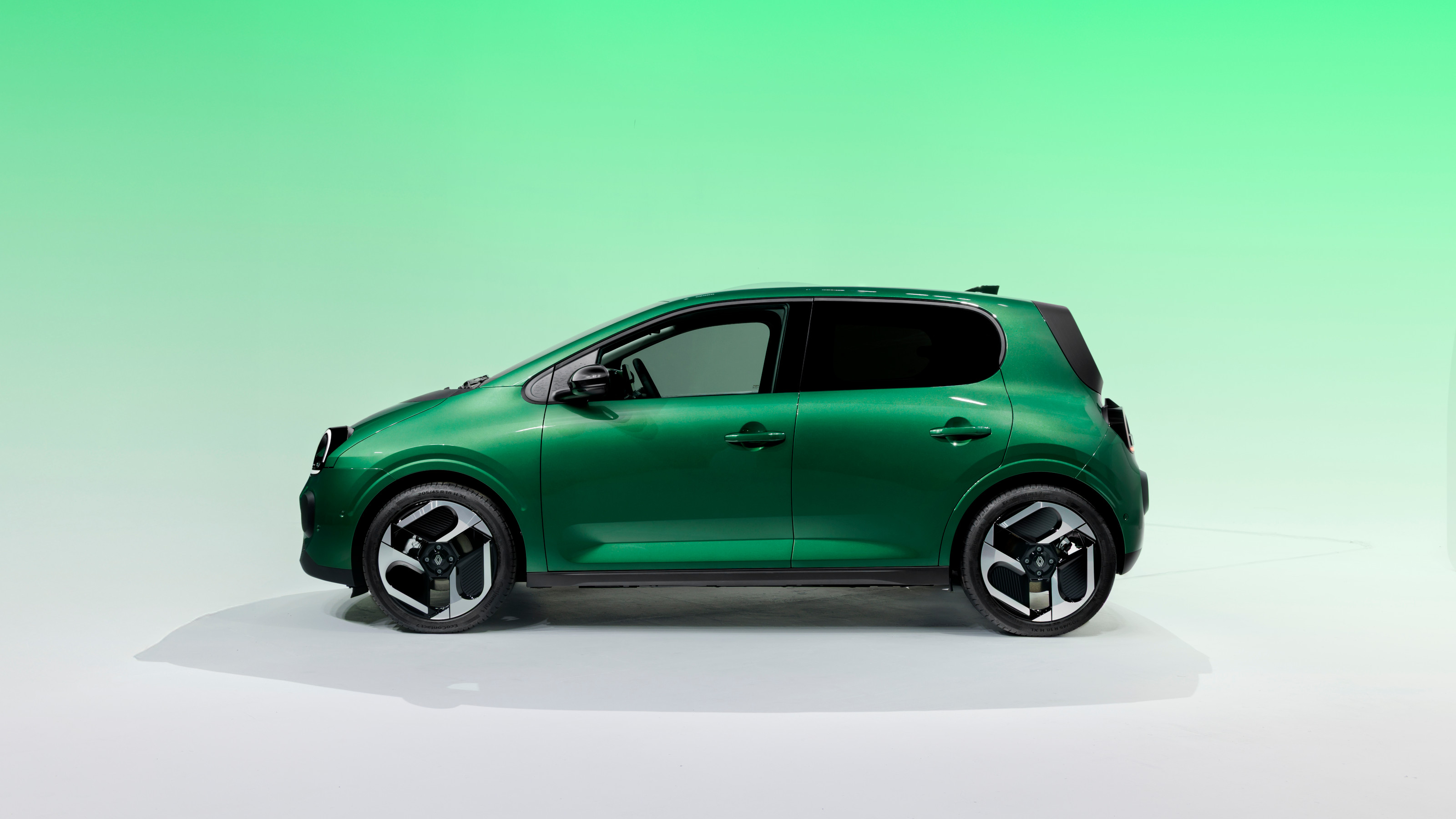 All hail the compact new Renault Twingo E-Tech – the city car is back in style
All hail the compact new Renault Twingo E-Tech – the city car is back in styleRenault continues to pay homage to its heritage by combining it with 21st-century technology. The new Twingo E-Tech is another winner
-
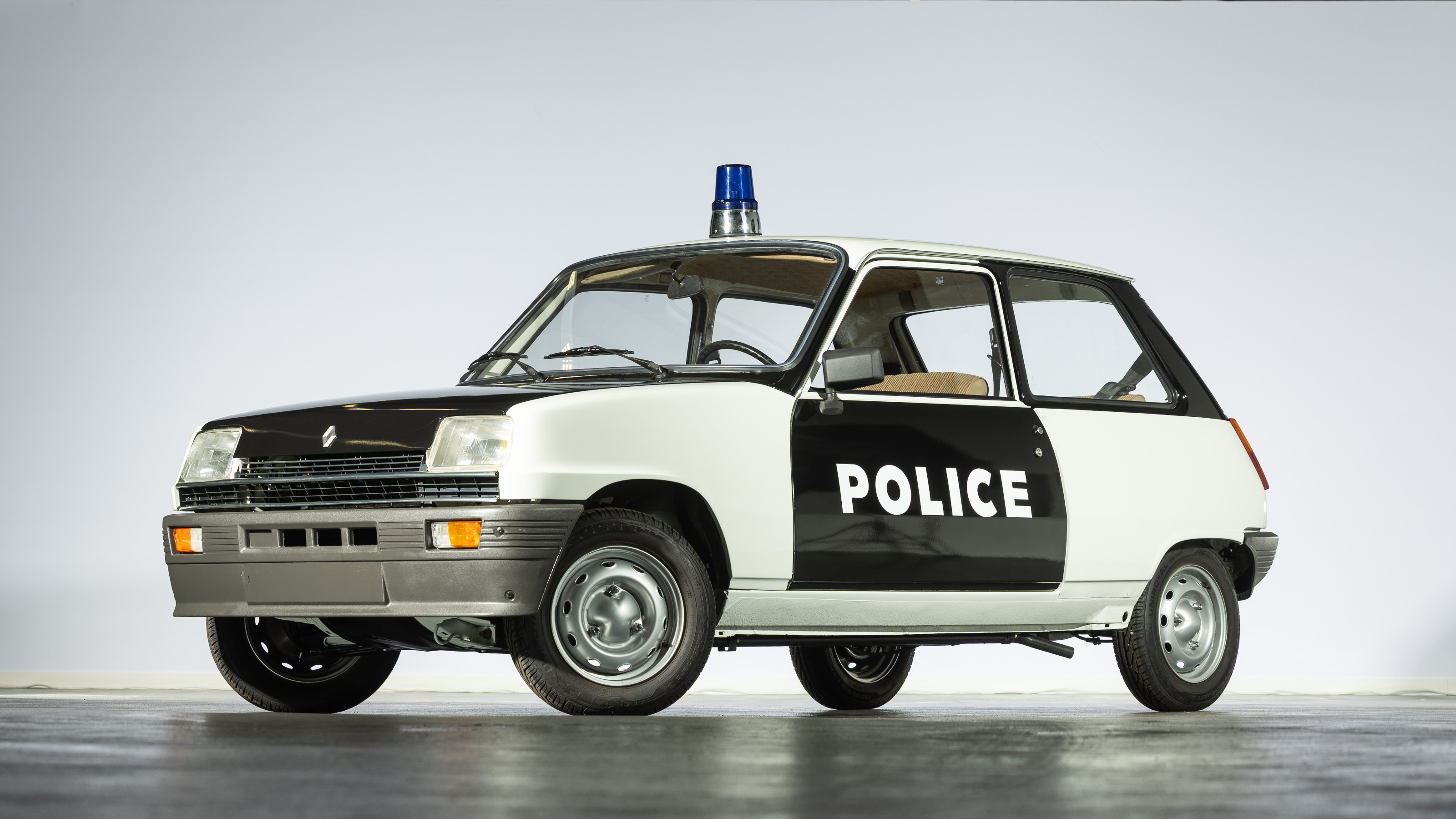 Fancy owning a piece of French automotive history? Bid in The Renault Icons Auction
Fancy owning a piece of French automotive history? Bid in The Renault Icons AuctionRenault is paring back its substantial collection of historic automobiles by auctioning off duplicate models. We present 14 of the finest lots
-
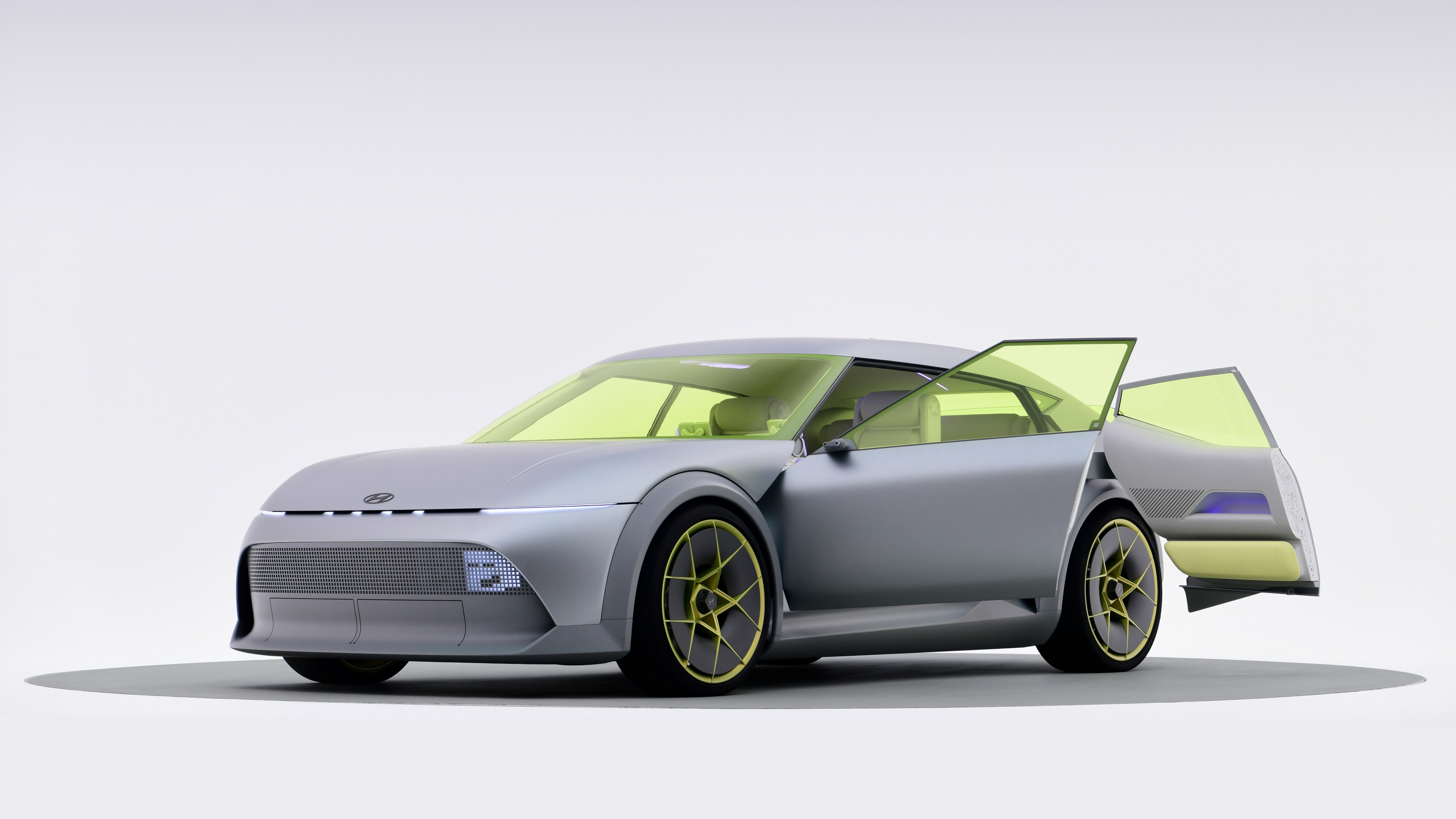 All the new electric cars and concepts revealed at Munich’s IAA Mobility 2025
All the new electric cars and concepts revealed at Munich’s IAA Mobility 2025Munich’s alternative motorshow is now in its third iteration, combining a traditional exhibition space with a conference and large-scale public activations on the streets of the city
-
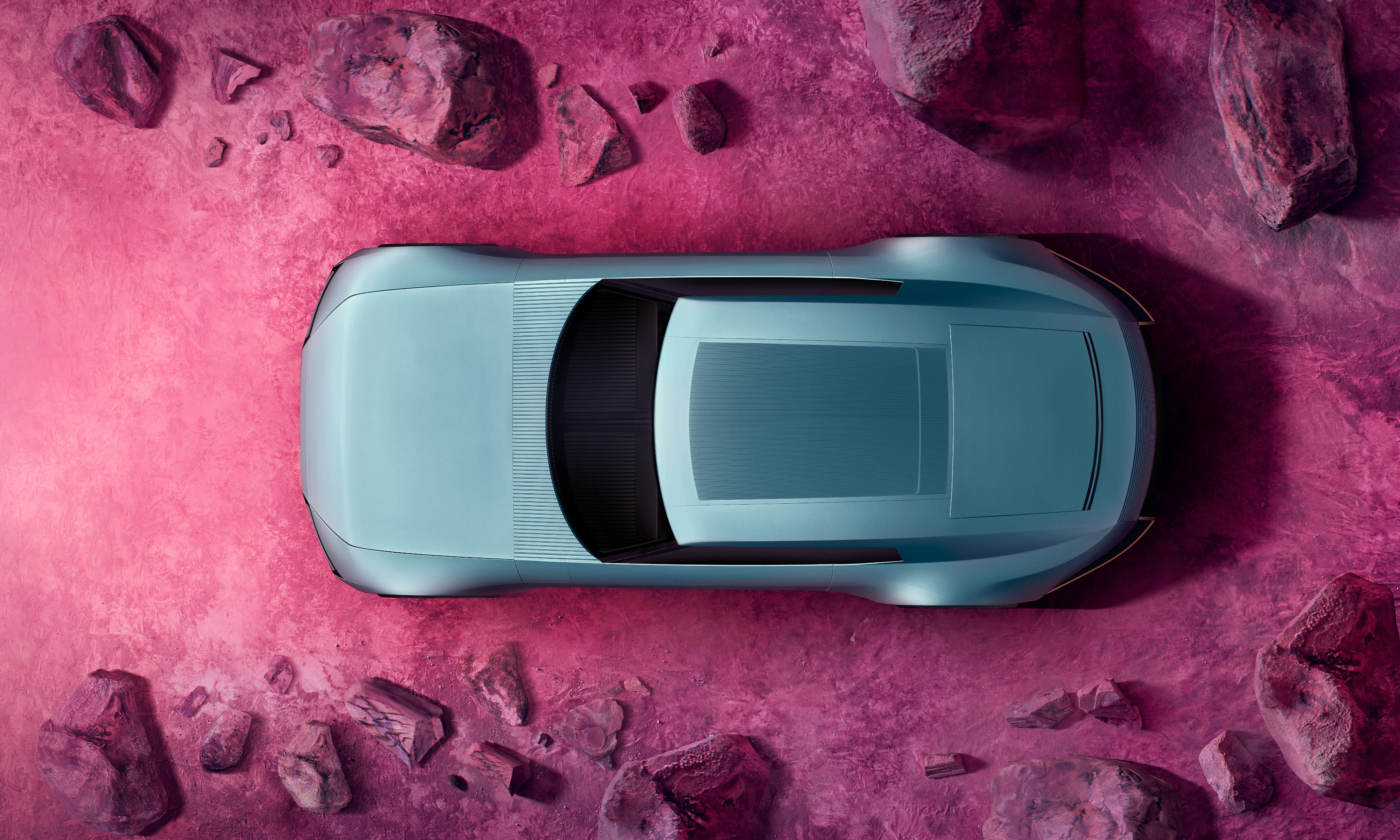 The top 10 concept cars of 2024, as selected by Wallpaper’s Transport Editor
The top 10 concept cars of 2024, as selected by Wallpaper’s Transport EditorWe round up our favourite forays into futuristic design with this collection of concepts and design studies showcasing the transport of tomorrow
-
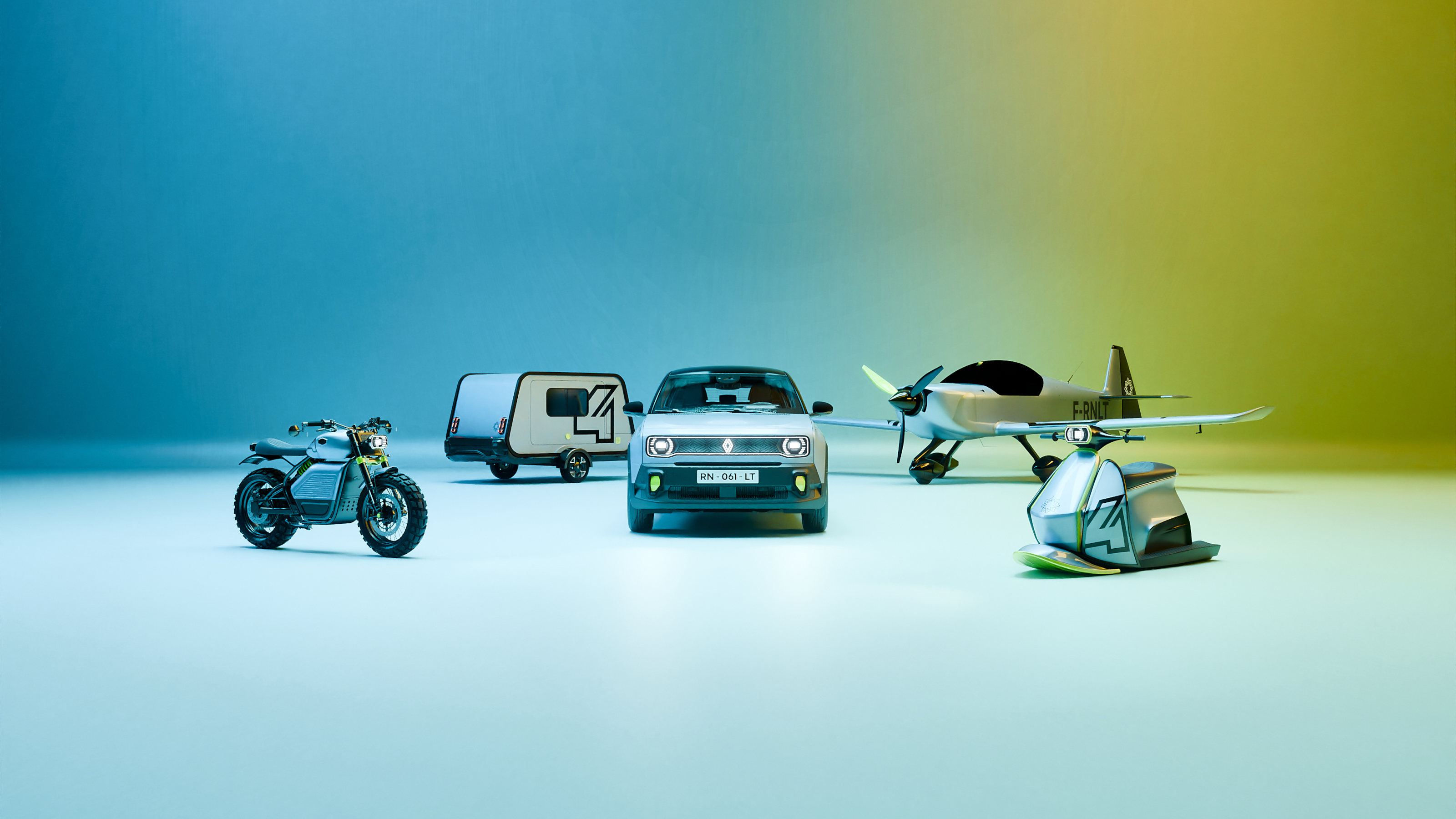 Renault celebrates new R4 EV and electric mobility with TheArsenale and four French start-ups
Renault celebrates new R4 EV and electric mobility with TheArsenale and four French start-upsRenault's '4 Movements' accompanied the R4 E-Tech at the 2024 Paris Motor Show; the clutch of sleek machines will bring innovative electrification to air, sea and water
-
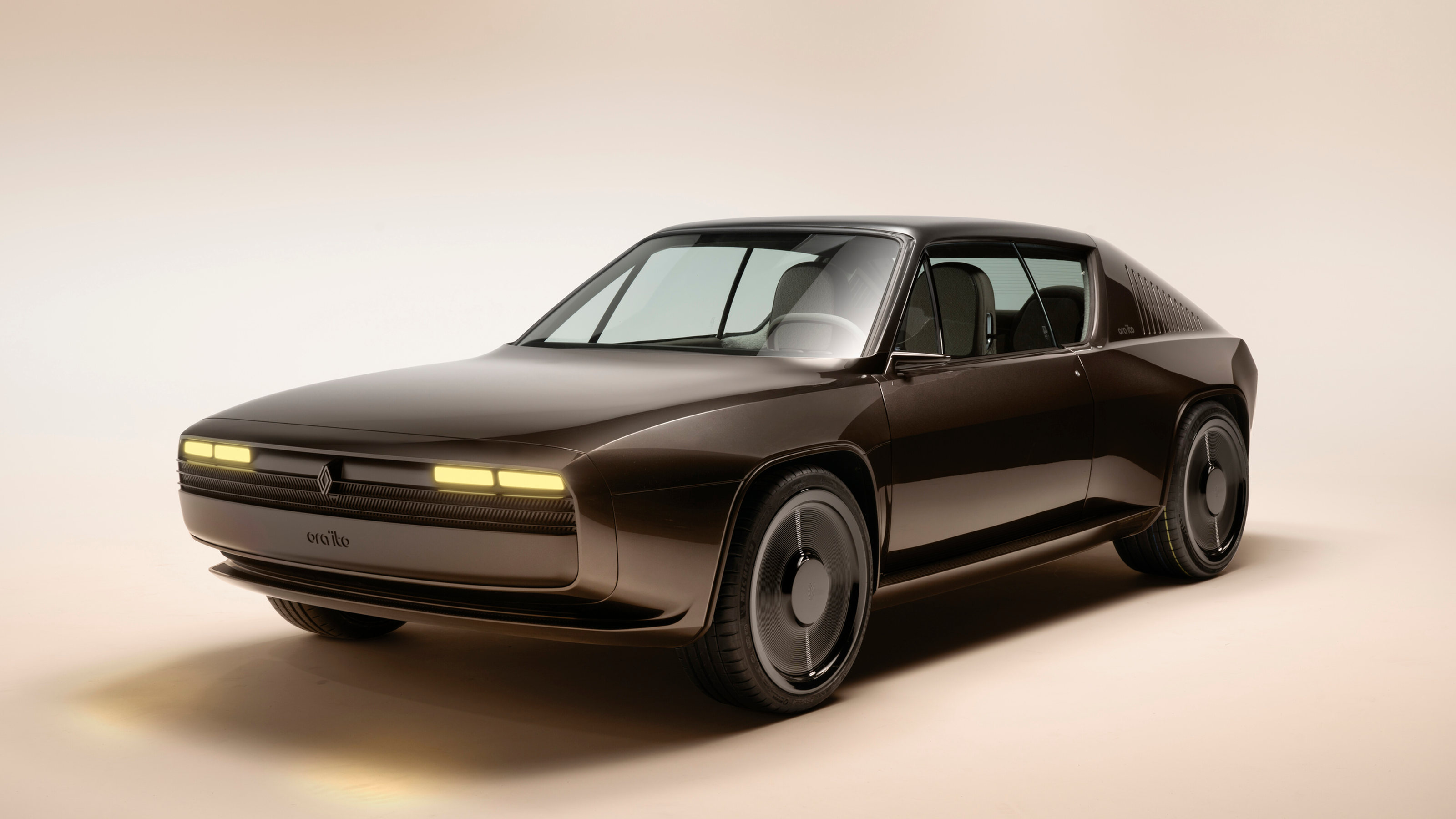 Ora-ïto transforms the Renault 17 into a futuristic yet retro-tinged vision
Ora-ïto transforms the Renault 17 into a futuristic yet retro-tinged visionThe R17 electric restomod x Ora-ïto is the fourth in Renault's series of designer-led reimaginings of iconic models from its past. We think it's the best of the lot
-
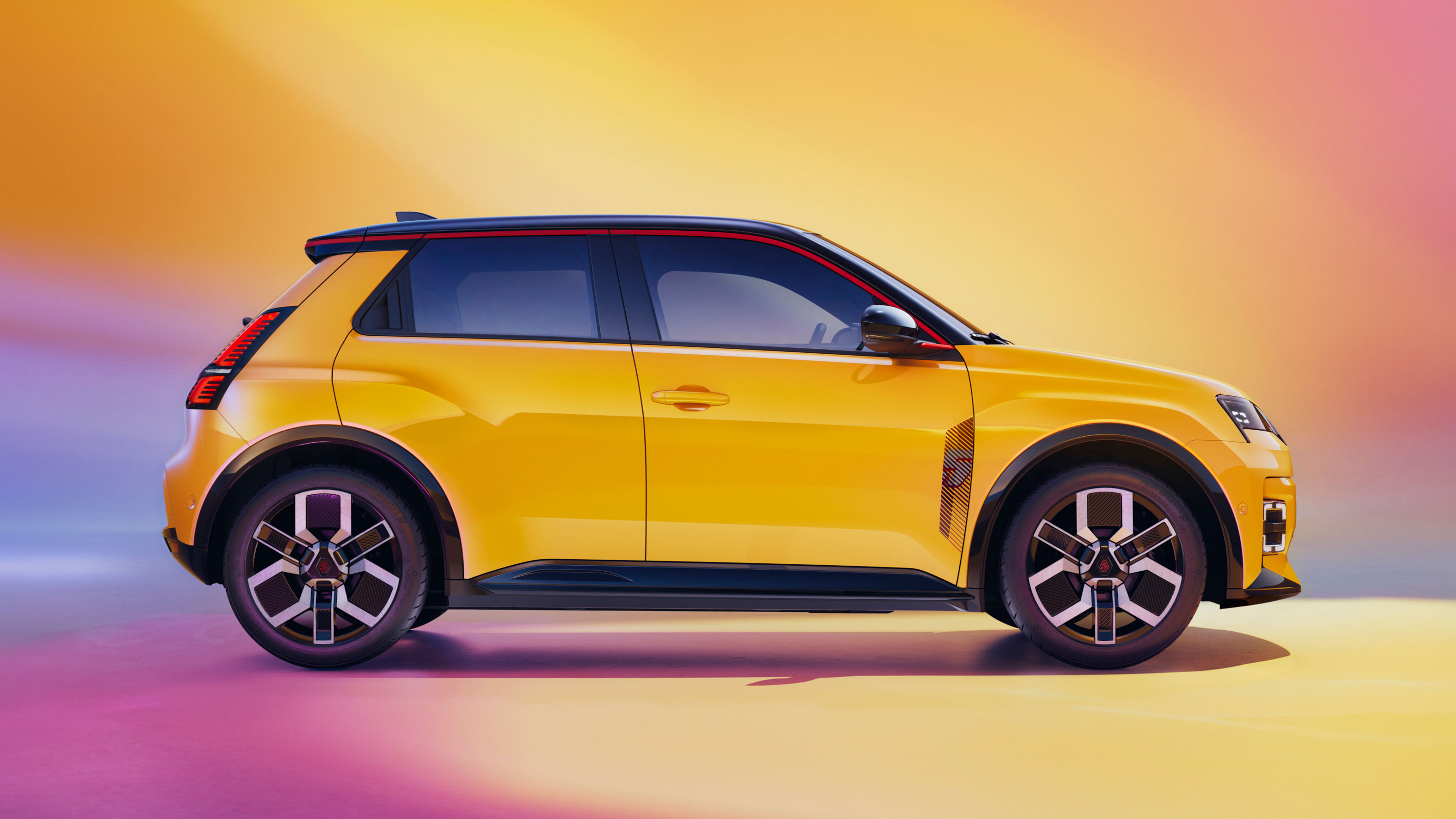 The new Renault 5 E-Tech’s design secrets and designer dreams revealed
The new Renault 5 E-Tech’s design secrets and designer dreams revealedWallpaper* talks to Renault’s Laurens van den Acker and Gilles Vidal about how they shaped the eagerly awaited Renault 5 E-Tech
-
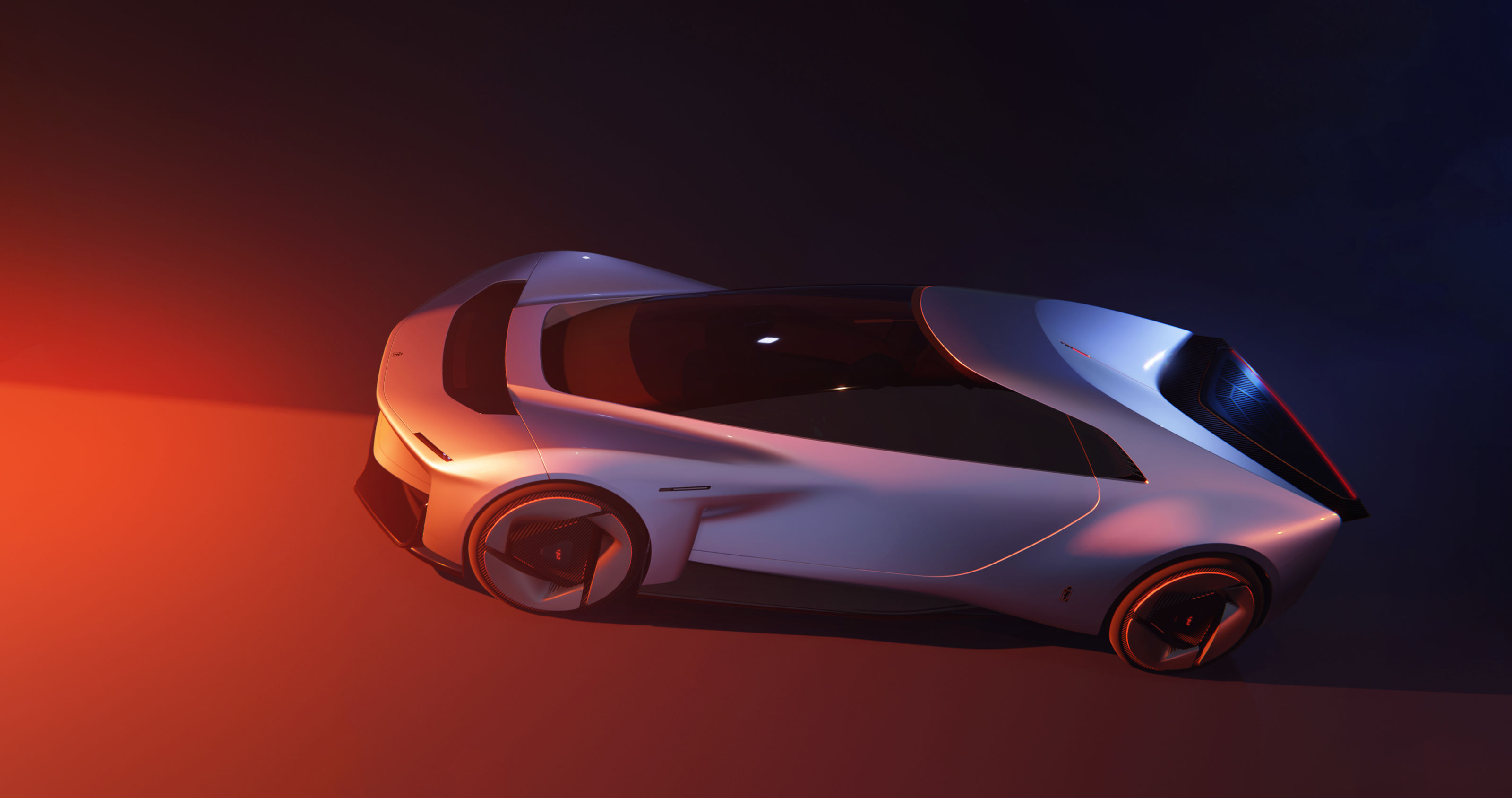 The return of the Geneva Motor Show (to Geneva) as a place for global debuts
The return of the Geneva Motor Show (to Geneva) as a place for global debutsThe Geneva Motor Show is back. After 2020’s pandemic cancellation and an ‘exported’ event in Qatar in 2023, the organisers of GIMS 2024 had their work cut out to stay relevant. Here are our highlights